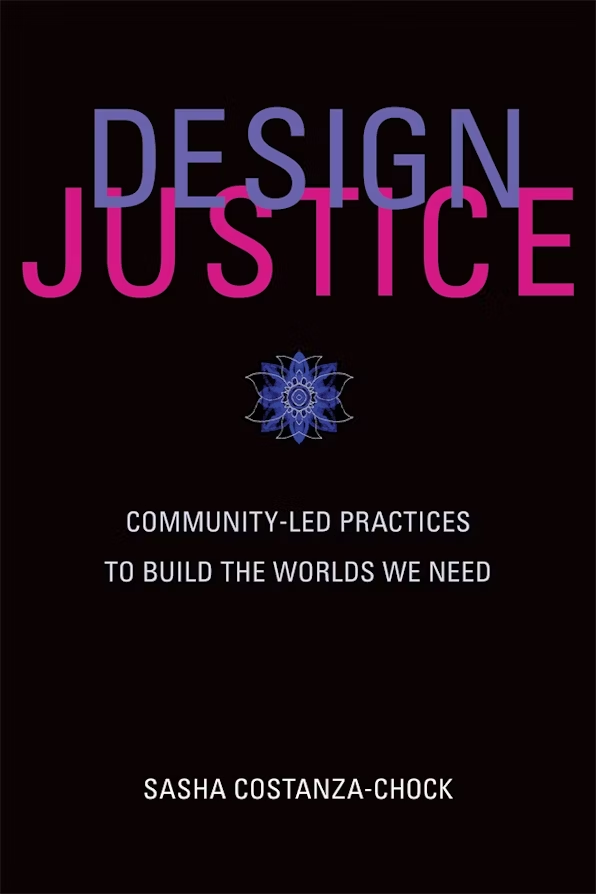As companies contemplate building or implementing AI-powered technologies, what are user experience (UX) designers reading to meet this moment? We combed through design discussion groups and forums worldwide to find out which books keep surfacing as resources.
The resulting list of titles reflects the collective challenges our field faces as teams grasp the evolving technology. Not all the books are recent. And, in fact, there are some classic references that speak to key UX principles – which reminds us that, even in the swirl of what’s new, foundational knowledge persists.
In coming up with our list, we included books that strengthen the core competencies that now guide design work:
- systems and technology literacy (understanding technical constraints and data flows)
- human-centered design (designing with empathy and equity in mind)
- adaptability (building for evolution, not stasis)
What to read
100 Things Every Designer Needs to Know About People
Second edition (2020)
Author Susan Weinschenk delivers research-backed insights from psychology and behavioral science. She covers how people scan information, make decisions, and respond in different contexts. The principles strengthen human-centered design by grounding decisions in actual behavior rather than assumptions. The insights also support design for adaptability by teaching how people respond across varied contexts, which is crucial for systems that predict and respond automatically.
AI for UX Designers
Using Artificial Intelligence to Supercharge Your Workflow and Build AI-Powered Products (2024)

Author Lise Pilot guides UX professionals on how to integrate AI throughout the design process, from research to evaluation. Pilot positions AI as both a tool and mindset shift, supporting design for adaptability by helping designers embed AI into workflows without losing human judgment. These skills are becoming essential for staying relevant in a fast-evolving practice.
Big Data, Big Design
Why Designers Should Care About Artificial Intelligence (2021)

In this practical guide for designers, author Helen Armstrong, shares a collection of perspectives on how to harness machine learning (ML) and AI through human-centered design. Armstrong interviews designers, researchers, and data scientists, who unpack key AI and and ML concepts, as well as real-life case studies to help designers make informed decisions when implementing AI solutions. The formatting of content in digestible sections makes it accessible.
Design Justice
Community-Led Practices to Build the Worlds We Need (2020)

Author Sasha Costanza-Chock challenges design neutrality and presents frameworks for creating with, not just for, communities often excluded from traditional processes. She shows how to design with equity at the center, advocating participatory methods that center community knowledge. The book examines how power operates through infrastructure decisions. This understanding is essential for genuinely equitable and accountable design practices.
Designing Connected Content
Plan and Model Digital Products for Today and Tomorrow (2018)

Authors Carrie Hane and Mike Atherton teach you how to design with structure and clarity so that AI systems can understand and surface content dynamically. This teaches designers to think architecturally about content relationships. The book focuses on domain modeling, reuse, and future-ready design for scalable, intelligent systems. Domain modeling creates shared vocabularies across teams, critical for building content systems that evolve with changing technologies.
Don’t Make Me Think, Revisited
A Common Sense Approach to Web and Mobile Usability (2014)

This classic by Steve Krug offers clear principles for making digital experiences easy to use, proving that good design should feel invisible. Krug’s principles become critical when designing systems that generate content dynamically. The book reinforces human-centered design by respecting users’ cognitive resources and minimizing friction.
Living in Information
Responsible Design for Digital Places (2018)

Author Jorge Arango reframes digital products as environments people live in rather than tools they simply use. Drawing from his background in architecture and UX, Arango explores how structure, language, and navigation shape the way people think, feel, and act inside digital systems. He helps designers see beyond screens and flows to the deeper frameworks that shape user experience. His perspective is especially valuable when designing AI-enhanced systems that must adapt and respond within complex, layered environments. His call for clarity, ethical intent, and long-term thinking aligns directly with the challenges of designing intelligent, evolving platforms.
Technically Wrong
Sexist Apps, Biased Algorithms, and Other Threats of Toxic Tech (2017)

Through clear examples from everyday tech products, author Sara Wachter-Boettcher examines harm caused by biased design. The book calls for ethics and inclusion at every design stage. Wachter-Boettcher provides concrete case studies revealing how biased assumptions become user experience. Her examples are particularly valuable for understanding how design decisions scale and impact people’s lives.
Unmasking AI
My Mission to Protect What is Human in a World of Machines (2023)

Author Joy Buolamwini – known as Dr. Joy – reveals how biased data and opaque algorithms reinforce inequality. Buolamwini uses her groundbreaking research to challenge designers to center justice and transparency in AI-driven experiences. She lays out structures for auditing AI systems and highlights the importance of diverse datasets and accountability measures. Her work becomes increasingly vital as AI becomes embedded in user experiences.
You Look Like a Thing and I Love You
How AI Works and Why It’s Making the World a Weirder Place (2019)

Using humor, storytelling, and real-world AI experiments, author Janelle Shane explains how machine learning models operate, where they go hilariously wrong, and why those errors are insightful. By surfacing how machine learning systems “think” and the strange logic that underpins them, Shane helps designers better anticipate and adapt to unpredictable behaviors in AI-enhanced products. Importantly, the book cultivates critical curiosity as an essential mindset for UX professionals.





